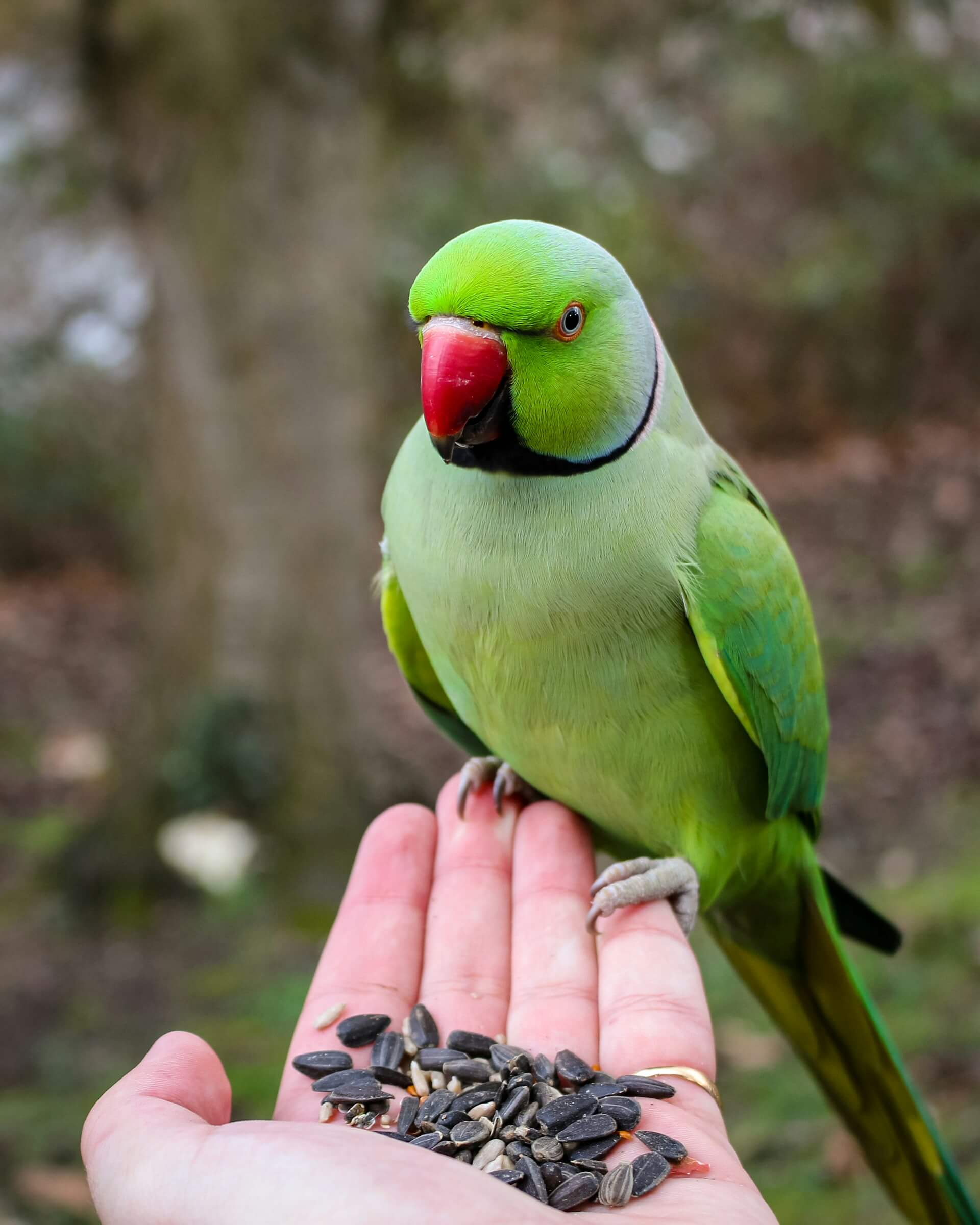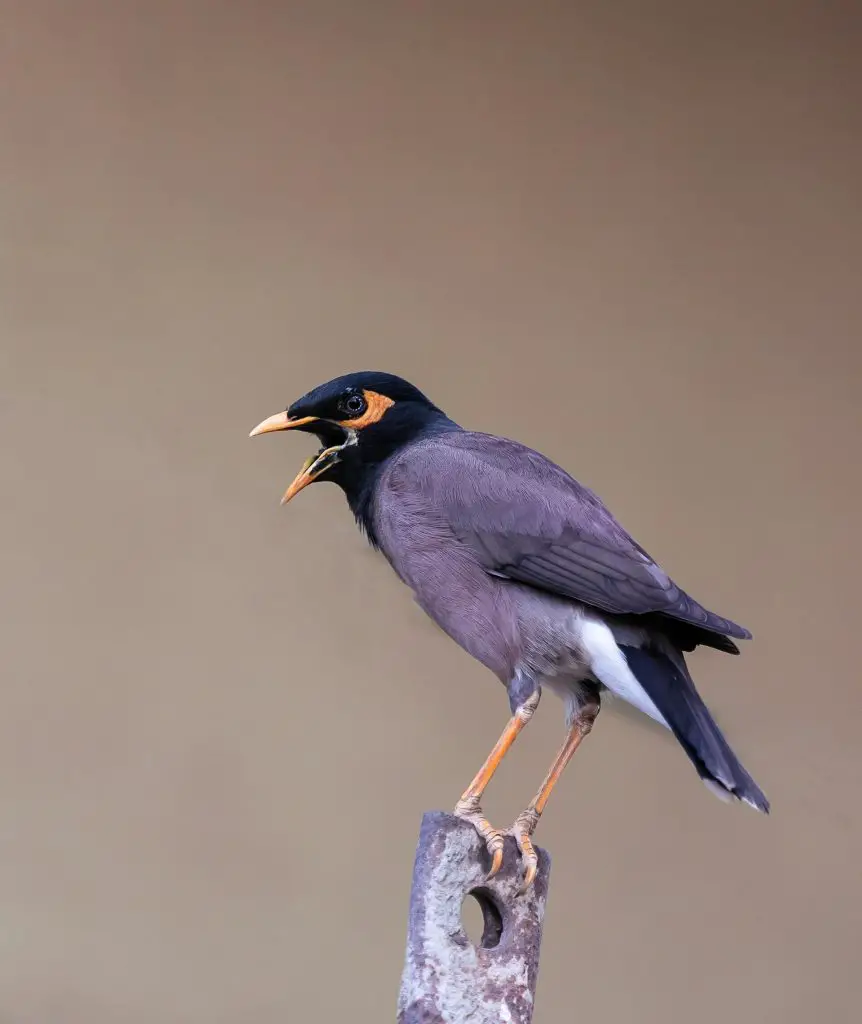You probably are searching for your first apartment and are excited to move with everything you hold dear. This maybe includes a pet bird that you have had for a while and have grown attached to since they are awesome pets, let’s face it.
At some point, you will need to find out whether apartments allow birds because quite often, only dogs and cats policies are extensively covered.
Birds and other caged pets almost always come last.
From experience, there is no conformity on whether birds are allowed in apartments. Most lessors detail a general pet policy or only cover dogs and cats since they are the most common.
Even so, some landlords have an express policy against keeping birds and other caged animals, while others allow them with a few caveats.
If an apartment owner or agent does not indicate if birds are allowed, I will bring mine. Though I’d be prepared to rehome it in case things change or keeping the bird becomes a challenge.
See more insight below.
Apartment Policy on Birds: What You Need to Know
Many landlords consider birds to be pets and are included in a comprehensive policy for all animals in the apartment agreement….
…though some have an exclusive policy that only allows dogs and cats, while others might consider caged animals, including birds.
Birds are allowed in apartments when rental agreement or pet policies state this or if no clause expressively prohibits them. Many policies also specify where only caged animals are allowed (including birds) to ensure zero disturbance or property damage.
However, it’s also not entirely bizarre to get an apartment agreement that does not have a pet policy, meaning you are allowed to exercise your own discretion.
As long as your pet does not interfere with other people’s lives and well-being, you should be fine.
That said, if an apartment has zero-tolerance for animals or birds, you cannot have one living with you. Contravening the policy can lead to eviction or legal action.
However, you are always allowed to speak to your landlord and get to some type of trade-off. Find out why they don’t allow birds instead of assuming only to find out it is something you could compromise on.
Describe to your landlord the exact species of bird you have because many people think of birds that make loud noises, such as a macaw or cockatoo, and don’t consider that your pet might only be a small bird that chirps at best.
In case you fail to get a policy that includes pet birds, also consider checking your local laws. It might be illegal to keep certain species (migratory, native, and protected birds) in some areas. But some authorities also prohibit landlords from denying their tenants the rights to own pets because they offer companionship to lonely people, including the elderly.
Lastly, please note that while you might be allowed to keep a bird and other pets in your apartment, most landlords will require you to put down a deposit just in case your pets damages any part of the house.
In that light, below are a few brilliant hacks for keeping birds in an apartment.

How to Keep A Bird in An Apartment
Of course, the first thing you want to do if you intend on moving to a new apartment with your pet bird is look up the pet policy in your agreement.
If there is no express clause detailing the owning birds in your apartment, then you can assume they do not have a problem with it, but it’s still imperative that you consult your landlord, agent, and neighbors.
Even if your landlord prohibits having birds, find out why.
Sometimes, they might allow tiny birds that don’t make too much noise, such as budgies and finches, while on other occasions, landlords are more concerned about the destruction some birds can cause.
In which case, if yours is nothing big like a macaw, Amazon, or African grey, which are pretty destructive, then you might be allowed to live with one.
Visit your top choice and explain if your bird is a small species like a parakeet and remains caged. Most of the places that allow dogs and cats at a fee should realistically allow quiet (tiny) birds considering some dogs are way louder than birds.
Sometimes, you may realize what you need to do is something as easy as keeping your bird in a cage when you are not around or too busy to supervise them.
A thing you want to do once you are allowed to move into an apartment with your bird is avoid placing the cage against the wall adjacent to the apartment next door.
Also, don’t place it in the middle of the room or against the wall separating your bedroom and living area.
Place your cage with at least one side against a wall as this provides them with a feeling of security.
A corner where they can have two walls is best but away from windows as areas with outside factors like dogs and storm scares since most birds make a lot of noise when agitated.
Lastly, if your apartment of choice refuses to let you live with your bird or maybe you have a loud, destructive species that will lead you to problems, consider rehoming your bird (even if temporarily).
You can get him back once you are settled in and find a long-lasting solution or let someone with a larger compound, such as your parent, take care of your bird and maybe have him over once or twice a week.
Best, Quiet Birds to Keep in An Apartment
At this point, it’s quite apparent that some species of pet birds are easy to keep in an apartment than others.
Ideally, you want a quiet, subtle bird that will pose the least risk to property and people from the clawing, foraging, and bitting behavior that most birds such as parrots exhibit.
Below are 5 birds I recommend you consider.

Senegal Parrot?
A Senegal parrot is an ideal choice for you when living in an apartment or any situation where you can’t accommodate a loud bird, for instance, a Macaw or African grays.
They are among the quietest in the parrot family and don’t usually scream or screech. Instead, they will make whistling and clucking noises.
That is not to say that Senegal parrots are entirely silent (no bird is) they are only relatively quiet compared to other parrot types. They do make a sound akin to a moderately pitched chirp, which can get pretty high if the bird is agitated.
Another plus you will get from a Senegal parrot is their cost. Although considered an exotic pet like any other parrot type, they are among the most cost-effective.
Senagal parrots can cost almost half what an African gray.
Unfortunately, if you are looking for a parrot species that talks, probably a Senegal parrot is not the best candidate. Even though they can be trained to speak over time, they never quite get the hang of it.
Finches�?�
Like Sennies, finches are not particularly loud, but they still vocalize enough to not fade in the background and be missed.
A finches noise is a low volume and soothing compared to parrots and other loud birds, making them apartment friendlty.
Still, though they won’t be louder than the music some of your neighbors will be playing, finches don’t come with an off button and like early morning chirps.
These birds get pretty active (sometimes too active?) as the sun comes up and gets busy going about their business. Males especially love to sing, with Zebra finches interestingly able to pass their unique song from father to son; awesome, right!?.
Take note that due to a finches’ active-nature and constant-movement, finches need plenty of room for exercise. They also prefer a side-to-side movement, so your cage should longer rather than taller.
Budgies?
While budgies (parakeets) are not known for being exceedingly loud birds in comparison to other parrots, they do tend to make noises increasingly.
These small birds are capable of producing so many different kinds of sounds and express themselves through singing, chatter, and chirps.
That being said, budgies don’t ‘squawk’ and ‘screech’ and can readily be kept in a small condo or apartment.
They are interestingly also big on brains and personality, can be taught to whistle and talk, and are just as intelligent as some larger bird species.
Cockatiels�?�
Small, intelligent, and all-around adorable tiels are potentially one of the very first parrots to be domesticated, along with budgies.
There tiny bodies mean there is only a limited number of destructive things they can do, and they are easy to house even for owners living in apartments.
In terms of noise, cockatiels are somewhat vocal, but they do not come close to cockatoos, macaws, and other larger parrots. Realistically, tiels are borderline (or a tad louder) than budgies depending on a bird’s personalities.
Besides, cockatiels are intelligent and perhaps the most trainable small bird species in the world. So, if you think yours is a little too loud, direct him when to be vocal and when not to.
But remember you need to form a strong bond with your cockatiel if you are going to train him, not just when to vocalize, but any trick you need him to master.
Lovebirds?
You probably might have already noted that most candidates on my list are small birds, more so parrots.
It’s not a fluke!.
Expectedly, the smaller the bird, the lesser noise it makes.
That’s true for most species at least, though not all.
Sticking to the script, lovebirds are another small tweeter that makes ideal apartment pets. They are small, easy to house, care for, and also have an adorable personality…
…not to metion smart and intelligent.
Lovies only make a little noise, hence not likely to drive your neighbor up the walls.
Even so, they have a screech that can be a bit annoying when they want attention, and trust me, lovebirds need a lot of it; they are sufficiently demanding of companionship.
So, if you work long hours, consider adopting two of these colorful birdies to keep them subtle and to ensure they remain apartment friendly.
Canaries�?�
Although canaries are not hands-on birds, neither cuddlers that like to be handled like budgies and cockatiels, they are the perfect bird for someone living in a quiet setting such as an apartment building or condo.
They are also ideal for owners that only want a small feathered pet that’s easy to house and care for and not demanding as parrots.
Still and all, though canaries don’t like to be handled, they are not at all dull, drab, and boring. What they lack as cuddlers, they compensate in activities and color.
They are quite active and even borderline mischievous. Their small bodies notwithstanding, they like to flit back and forth a lot and can make a mighty mess with seeds, vegetable bits, and pellets if you are not careful.
Green Cheek Conures?
Almost all conures are loud and not ideal for apartment living, reserve for the green cheek conures.
A GCCs decibel level is not any more than a budgie, cockatiel, or lovebird, plus you can predict their noise fits. They are most apparent at sun-up, sundown, and intermittently during the day.
Depending on your conure’s personality and training, your little lord may also throw feathery diva tantrums occasionally, but fits don’t last long and are not quite smoke detector loud.
Green cheek conures are not big either, maxing out at almost an equal size as cockatiels. As such, the birds do not need a giant cage. Only make sure your conure has enough feeding, perching, and playing space.
Parrotlets?
One last bird I recommend looking at is the parrotlet. They make ideal apartment pets since they have small bodies and lack the ability to scream like other parrots.
Parrotlets chirp and make low noise sounds to communicate, but do not shriek…
…and please don’t get me wrong?, your birdies will chat and can keep you engaged for hours on end, but without the piercing screeching of a typical parrot.
Parrotlets also have an intriguing personality, are quite goofy, and like to cuddle. They are a lot like green cheek conures but are less to need rehoming for their noise.
Happy Birding�?�??.

